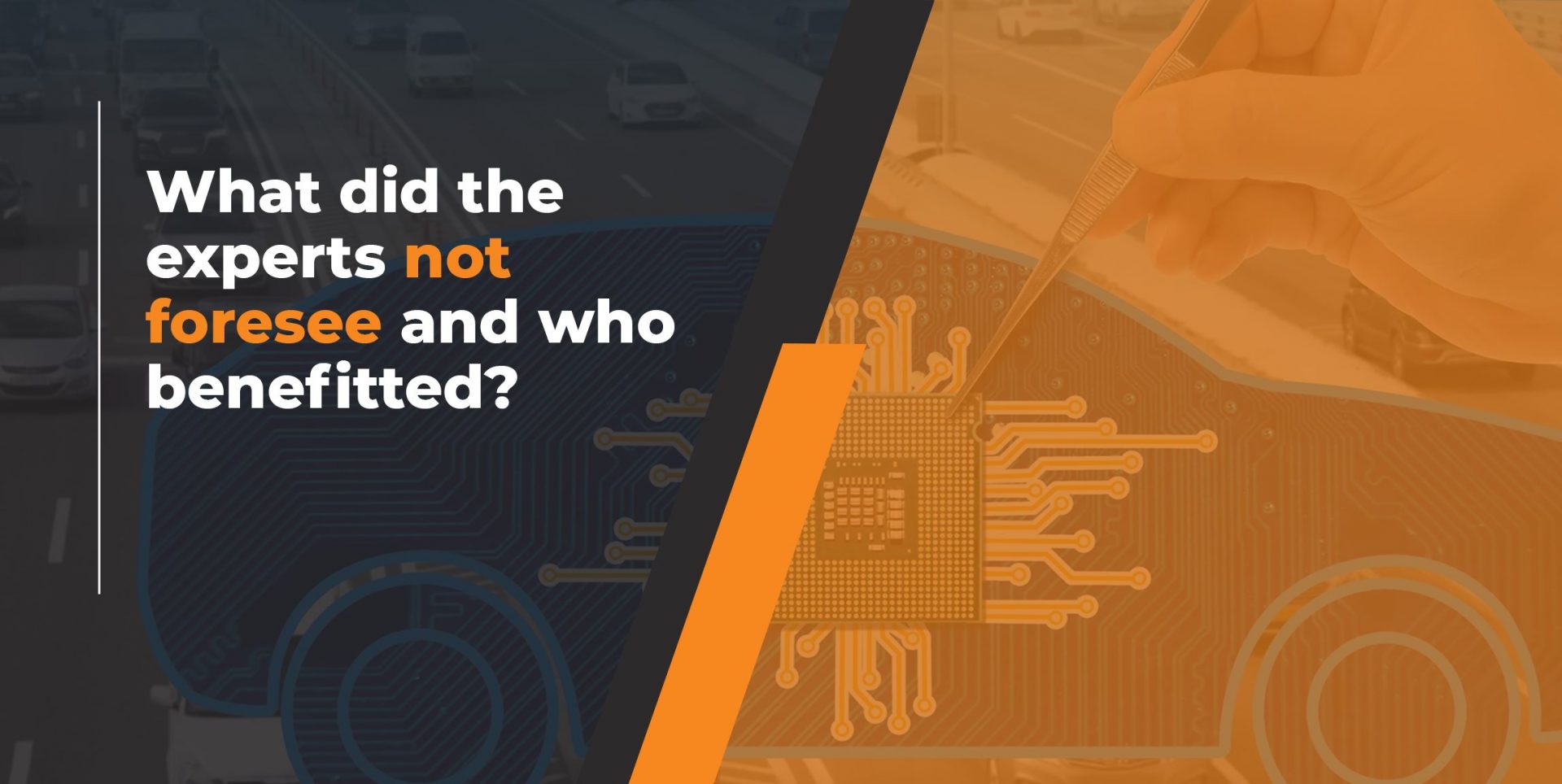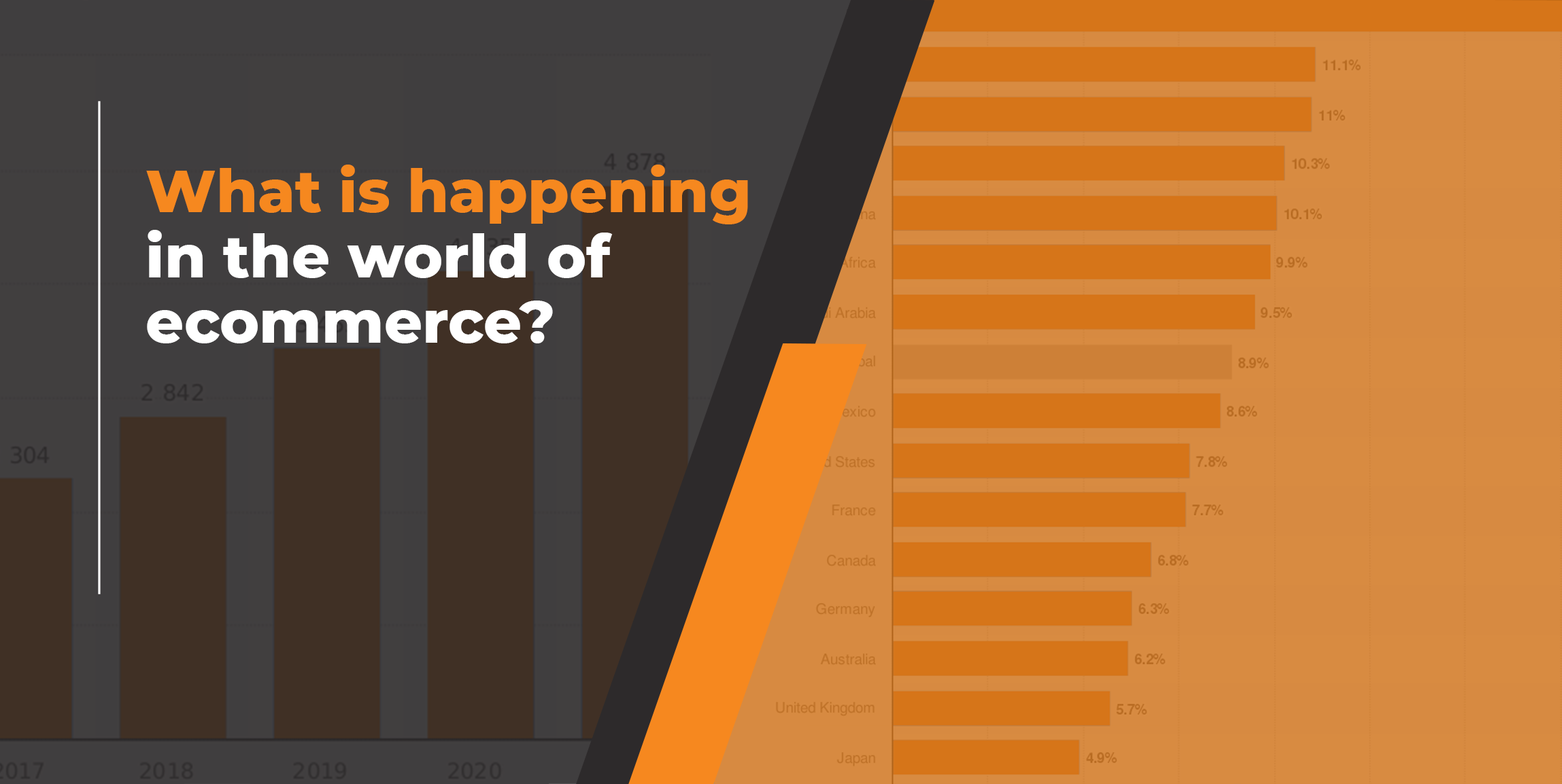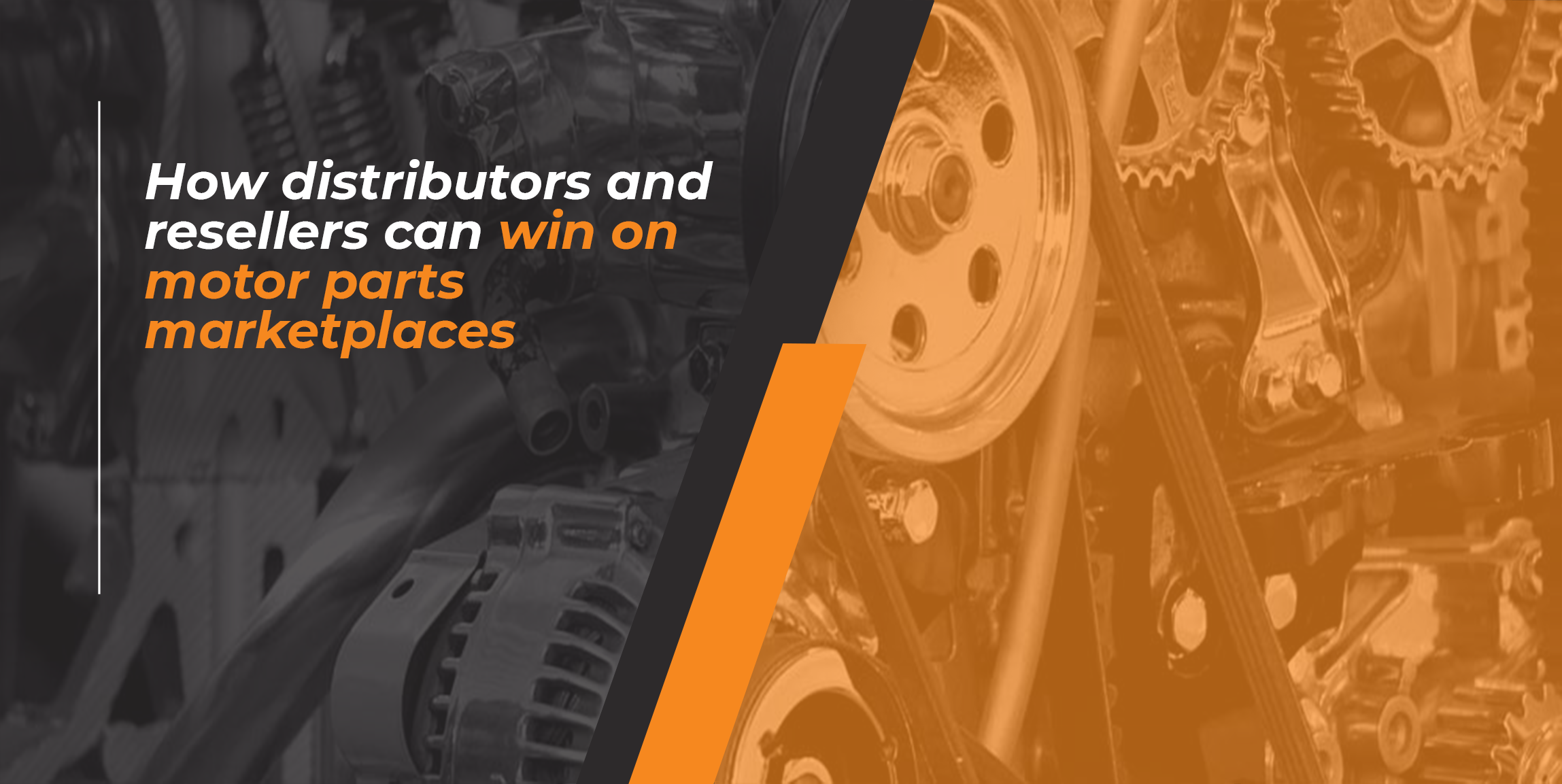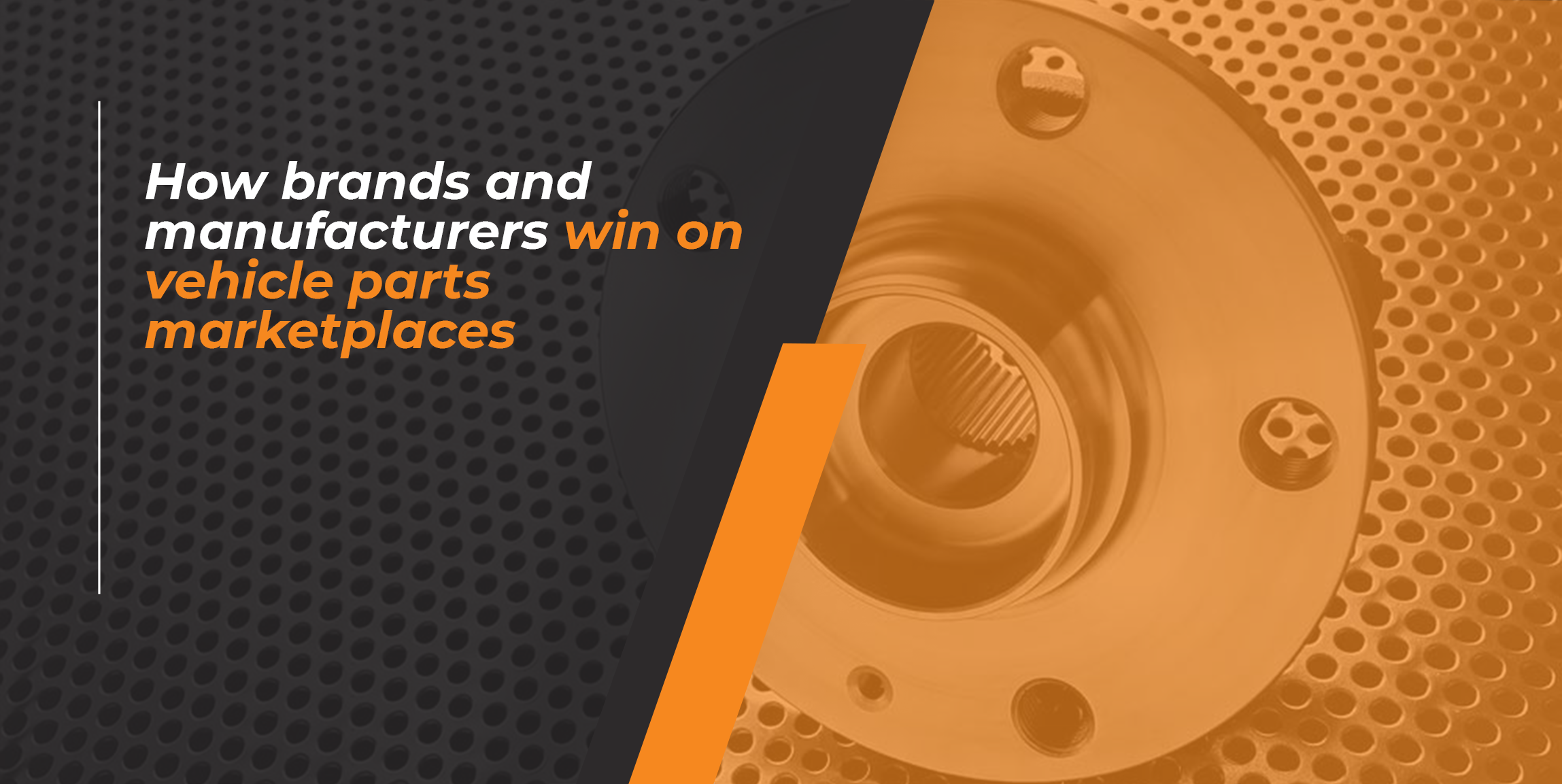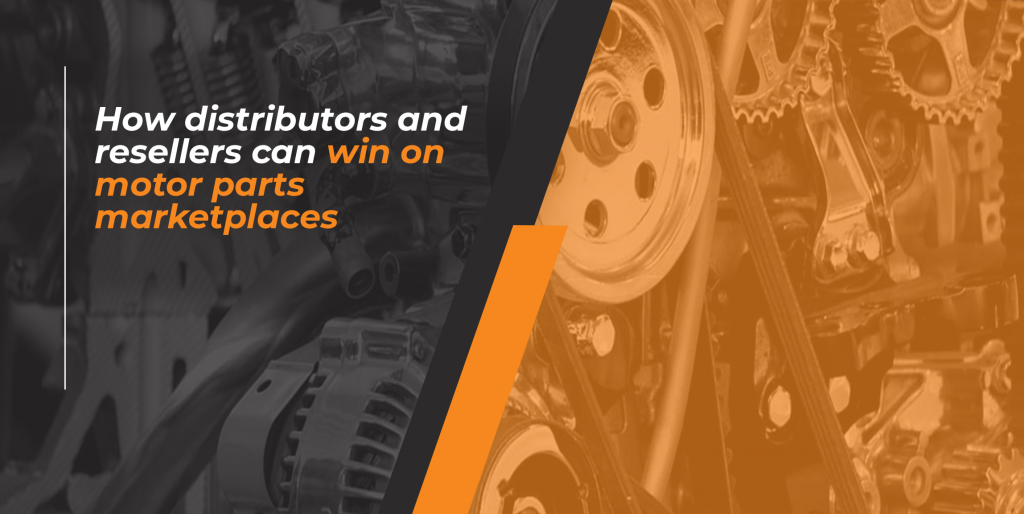
In this post series, we look what it takes for establishing a thriving online multichannel and multi-brand aftermarket business for motor parts.
Distributors and resellers of motor parts and accessories for cars, vans, trucks, motor bikes, powersports and marine vehicles have been adding online channels to their bricks and mortar premises for a number of years, but nowhere on the scale of the first part of 2020, when necessity become the mother of intervention.
If you’re this kind of provider then you have a major leg up on brands and manufacturers. This is because your customer base is a blend of wholesale customers and end customers, both of whom are already buying online, although it’s about 80-20 in favour of the end customer. Your wholesale customers are typically auto shops or garages who are regular customers and order in volume. Your end customer is a motor enthusiast or keen on a spot of DIY and is an infrequent buyer but will pay a higher premium in return for quicker delivery.
You have the leg up because online buyers aren’t buying by part number, they’re filtering by vehicle make, model, year, engine size, fuel type and so on, to get a full list of all the motor parts that will fit their vehicle. This means you’ve already done the bulk of the indexing of part numbers to the vehicle makes and models that they fit.
That said, selling to these customers via online channels is a whole new proposition. The aftermarket product line is generally motor parts or accessories that go in the vehicle, on the outside of the vehicle, tools for fixing the vehicle or things you might wear to use the vehicle. Now, however, you need to bear in mind the physical size, weight and dimensions of each product as it may not be suitable for shipping or might necessitate a relatively expensive ‘2-person drop’, rather like a household appliance or furniture.
Let’s assume that going online is now a strategic focus area for you and you’re looking for insight into how you ‘digitise’ your offering. What are the challenges for you and how might you resolve them? In two previous posts [link to the first post] we examined how aftermarket brands and manufacturers might approach these challenges. We identified 6 challenges, and 4 are still very relevant to distributors and resellers:
- Different, new channels
- Potential for channel conflict
- Risk of cannibalising your bricks and mortar revenues
- How best to manage this information-rich consumer data
(Actually, brand is important to you too, because while you’re not the OEM brand, you are the brand that the end customer is transacting with, so it’s important you establish a trustworthy consistent presence to be successful, especially when it comes to your own white label products.)
We won’t repeat the content here, because to this list we’re going to add a 5th challenge, which we’ll cover in detail in this post.
Motor Parts Resources
Most distributors and resellers aren’t stocking the motor parts and accessories of one brand. In most cases they’re representing the interest of many brands. This multiplies the amount of products for sale many times over, and with this the amount of products that need to be correctly listed for consumers, and the information that needs to be presented with each listing so that the consumer locates a part that will fit their vehicle.
Clearly data quality is important, and the distributor or reseller is reliant on the OE/OEM supplying accurate part or accessory information. These businesses often run on fairly tight margins, and in many cases they may not have the resources to deal with both the quantity of items and the quality of data required. As an example, ecommotors has a customer with over 3 million different SKUs in the system. Loading up, checking and updating this volume of listings would not be possible without a fair amount of automation.
We know of many companies who only offer a fraction of their total inventory online, perhaps their best sellers. This is not because they can’t shift the new products but because they don’t have the staff or time to get more products up and optimised. Without the tools and specialist expertise to automate and fast-track the processes, the heavily manual effort is not worth the return from the moderate- and slow-selling items.
This is a lost opportunity. Online marketplaces can cost effectively serve the long tail of consumers looking for specific motor parts, which makes them ideal selling channels for distributors and resellers with large pools of inventory. Partners like ecommotors provide services to check the data compliance of your items, build your consumer-optimised data and set up your listings to best win new customers.
We’re very comfortable with a number of the established automotive data cataloguing systems and we’re well used to sellers with many thousands of part numbers, translated into even more SKUs. Our platform has been road tested for handling these SKU volumes and dealing with high order numbers with sellers who have gone before. It can also interface with your existing systems to send and receive automated data feeds and give you a joined-up infrastructure.
Being successful online is also about being on the right marketplaces and presenting buying and shipping options which are attractive to target customers. Your ecommerce partner in the aftermarket industry should be able to advise on the right marketplaces to be on and how to optimise your products for the way marketplace buyers buy. They’ll do the work too, getting you connected to the marketplaces and actively trading. Finally, as marketplace experts they should also be well placed to impart knowledge about what works well, which promotions are worth doing, how loyalty programs might build a following, and so on.
To read about the first 3 challenges brands and manufacturers need to overcome, click here.
To find out more about the automotive aftermarket, or for a no-obligation introductory discussion, please contact us.
More from us



